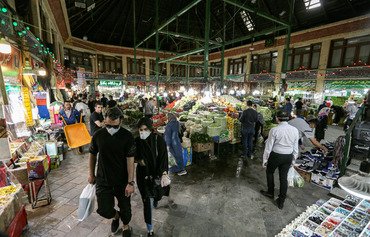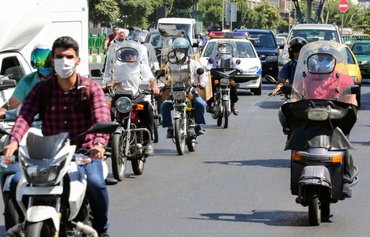Iran on Thursday (April 16th) announced 92 new deaths from novel coronavirus (COVID-19), the third straight day that official fatalities remained in double digits in the Middle East's worst-hit country.
Health ministry spokesman Kinaoush Jahanpour told a news conference the latest deaths brought the official total to 4,869.
He added that 1,606 new infections had been confirmed in the past 24 hours, taking the total to 77,995 from 310,340 tests.
Of those confirmed to be infected with the coronavirus and admitted to hospital, 52,229 had been discharged after recovering, which he described as a "rising trend".
Another 3,594 patients are in critical condition.
Government faces criticism
There has been speculation abroad that the number of deaths and infections is higher than officially announced.
A report published Tuesday by parliament said the real death toll from Iran's outbreak was estimated to be as much as 80% more than that announced by the government.
The number of COVID-19 infections were estimated to be "eight to 10 times" higher, the parliament's research centre said in its report.
It said the officially announced figures were based only on "patients that are hospitalised with severe symptoms".
It also criticised the government for being slow to act against the outbreak and said a "second wave" of the virus may come next winter -- possibly without a break due to containment measures taking too long.
In a statement on Thursday, the office that carried out the report denied it contradicted official figures and accused "foreign media" of lying and distorting its contents to "undermine official statistics".
Deputy Health Minister Ali Reza Raisi acknowledged on April 15th that Iran's limited testing capacity resulted in a gap between actual and reported numbers.
"The real figures are more than the official statistics, but it is not correct to multiply official figures by two or three," he said.
Iran's tally has been disputed since the first COVID-19 deaths were reported on February 19th in the holy city of Qom.

![An Iranian man wearing a protective mask walks past graffiti in a side street in the capital Tehran on April 13th during the coronavirus COVID-19 pandemic. [Atta Kenare/AFP]](/cnmi_am/images/2020/04/16/23580-Iran-Tehran-pandemic-600_384.jpg)






